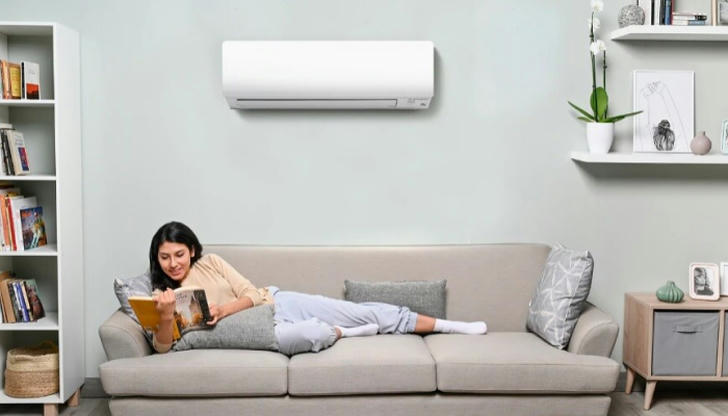The Evolution and Impact of Air Conditioning Technology: A Case Study on Enhancing Indoor Comfort and Energy Efficiency
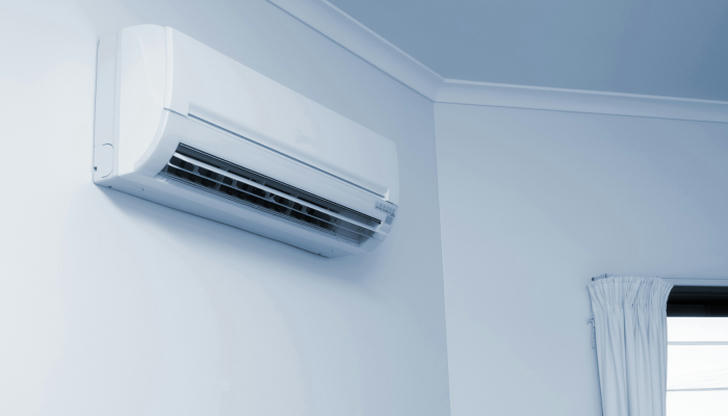
Air conditioning, once a luxury, has become a necessity in many parts of the world, particularly in regions with extreme climates. The ability to control indoor temperature and humidity has significantly improved productivity, health, and overall well-being. However, this comfort comes at a cost – both financial and environmental. As global energy demand for air conditioning soars, so do concerns about its carbon footprint and impact on climate change. This paper delves into the historical development of air conditioning technology, assesses its current state, and explores future directions with a focus on sustainability and energy efficiency. Real-world case studies are presented to illustrate practical solutions that balance comfort with environmental responsibility.
Historical Context and Evolution
The concept of air conditioning dates back to ancient civilizations, where simple methods like shading, evaporative cooling, and wind catchers were employed to regulate indoor temperatures. The modern era of air conditioning began in the early 20th century with the invention of the electric refrigerator by Willis H. Carrier in 1902. Carrier's design, initially intended for a printing plant in New York, marked the birth of the air conditioning industry. Over the decades, advancements in refrigeration technology, materials science, and control systems have driven the evolution of air conditioning from basic cooling units to sophisticated HVAC (Heating, Ventilation, and Air Conditioning) systems.
The Impact on Indoor Air Quality and Health
Air conditioning not only regulates temperature but also plays a crucial role in maintaining indoor air quality. Poorly maintained systems can harbor mold, bacteria, and other contaminants, leading to respiratory issues and allergies. The introduction of HEPA (High-Efficiency Particulate Air) filters and UV-C light sterilization technologies has mitigated these risks, enhancing the health benefits of air conditioning. A study by the U.S. Environmental Protection Agency (EPA) found that indoor air can be two to five times more polluted than outdoor air, underscoring the importance of effective filtration and ventilation strategies.
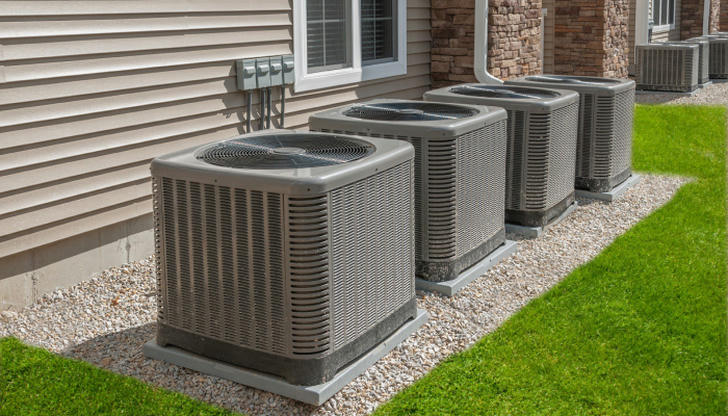
Energy Consumption and Environmental Impact
Despite its benefits, air conditioning is a major energy consumer, accounting for approximately 17% of global electricity use and contributing significantly to greenhouse gas emissions. In countries like the United States, residential air conditioning alone accounts for about 6% of all electricity consumed. As global warming intensifies and cooling demands increase, this energy burden is expected to grow, exacerbating climate change. Thus, addressing the energy efficiency of air conditioning systems is paramount for both economic and environmental sustainability.
Current Challenges and Innovations
Several challenges persist in the air conditioning sector, including high energy consumption, inadequate thermal comfort, and environmental degradation. In response, industry and academia have been exploring innovative technologies and design strategies to overcome these hurdles. 1.Variable Refrigerant Flow (VRF) Systems: VRF technology, popular in commercial buildings, offers significant energy savings by allowing individual zones to be conditioned independently. A case study of a large office building in Tokyo, which switched to a VRF system, reported a 30% reduction in energy consumption compared to traditional HVAC systems. 2.Inverter Technology: Inverter-driven compressors adjust their speed according to the cooling demand, resulting in more efficient operation. A residential complex in Singapore, after retrofitting with inverter air conditioners, observed a 25% decrease in electricity bills. 3.Geothermal and Solar-Assisted Cooling: These technologies leverage natural resources to reduce energy consumption. A geothermal cooling system installed in a university campus in the United States cut its cooling costs by 40% compared to conventional systems. Similarly, solar-powered air conditioning, though still in its infancy, holds promise for reducing reliance on fossil fuels. 4.Smart Controls and IoT Integration: The integration of Internet of Things (IoT) technology enables remote monitoring and control of HVAC systems, optimizing energy use based on occupancy and weather forecasts. A smart city project in Barcelona implemented IoT-enabled air conditioning in public buildings, leading to a 20% energy reduction.
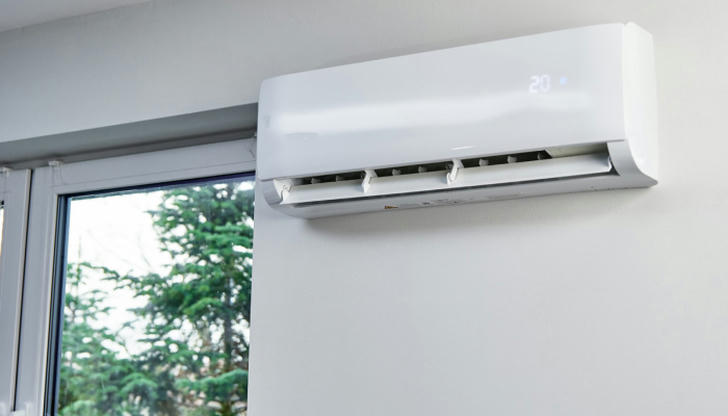
5.Case Study: Enhancing Energy Efficiency in a High-Rise Residential Building To illustrate the practical application of these innovations, we present a case study of a high-rise residential building in Dubai, known for its extreme heat. The building, originally equipped with outdated HVAC systems, faced high energy bills and complaints about indoor air quality.
Problem Identification
•High energy consumption due to inefficient HVAC systems. •Poor indoor air quality resulting from inadequate filtration. •Uneven cooling distribution across floors. Solution Implementation: 1.Upgrade to VRF System: The building management decided to replace the existing HVAC system with a VRF system, allowing for independent control of each apartment's temperature. 2.Installation of HEPA Filters: To improve indoor air quality, HEPA filters were installed in the air handling units, effectively removing particles and pollutants. 3.Integration of Smart Controls: A smart building management system was introduced, enabling residents to control their air conditioning via a mobile app and automating adjustments based on occupancy and outdoor conditions. 4.Energy Audits and Maintenance: Regular energy audits and preventive maintenance schedules were established to ensure optimal system performance and identify further efficiency improvements.
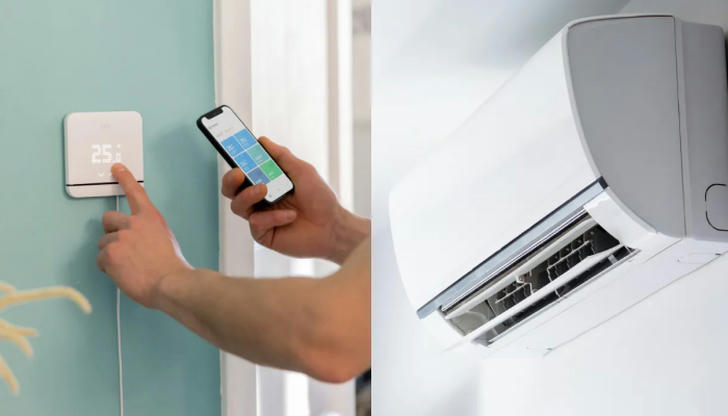
Results:
•Energy consumption for cooling reduced by 45%. •Improved indoor air quality led to a decrease in resident complaints. •Enhanced thermal comfort across all floors. •Overall, the building achieved a LEED Gold certification for its sustainability efforts.
Conclusion and Future Directions
The case study demonstrates that a combination of advanced technologies, smart controls, and proactive management can significantly enhance the energy efficiency and indoor air quality of air conditioning systems. However, the journey towards sustainable cooling does not end here. Future research and development should focus on: •Further Advancements in Refrigerants: Exploring more environmentally friendly refrigerants with lower global warming potential. •Building Design Integration: Incorporating passive design principles, such as shading, natural ventilation, and thermal insulation, to reduce cooling demands. •Policy and Incentives: Governments and regulatory bodies should implement policies that encourage the adoption of energy-efficient air conditioning systems and provide incentives for retrofitting existing buildings. •Public Awareness: Educating the public on the importance of regular maintenance and energy-saving practices can further contribute to reducing the environmental impact of air conditioning. In conclusion, air conditioning technology has come a long way since its inception, but its future must be guided by principles of sustainability and efficiency. By embracing innovation, improving design practices, and fostering a culture of energy consciousness, we can ensure that the comfort provided by air conditioning does not compromise the health of our planet.
